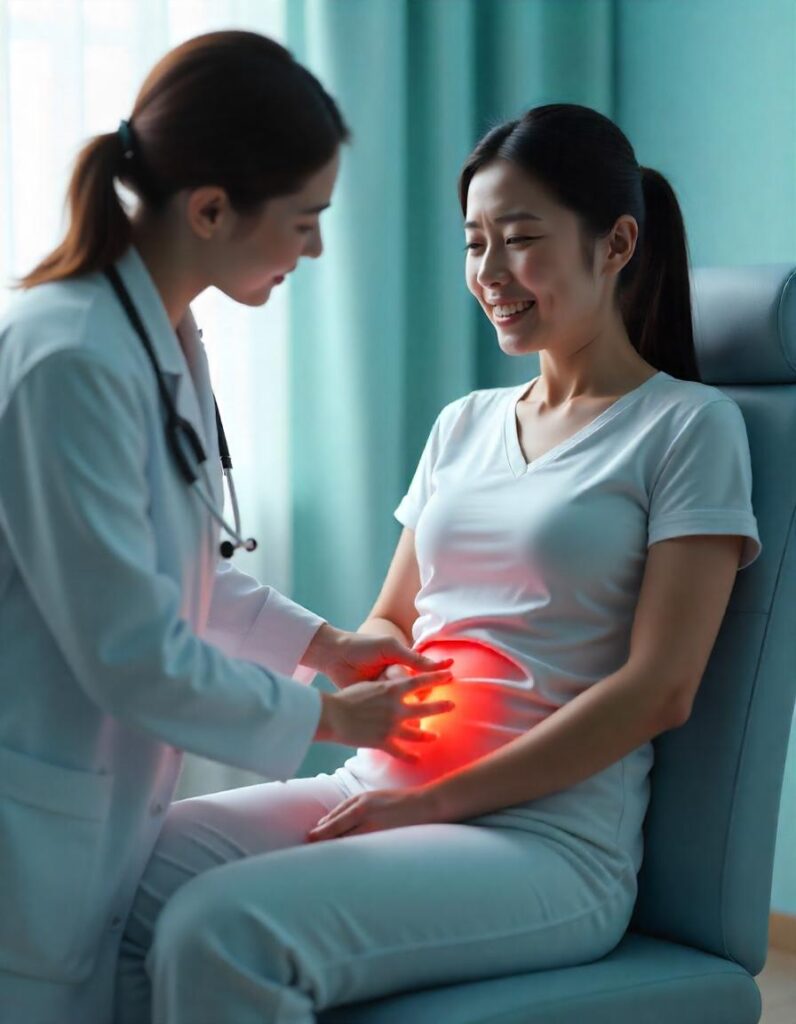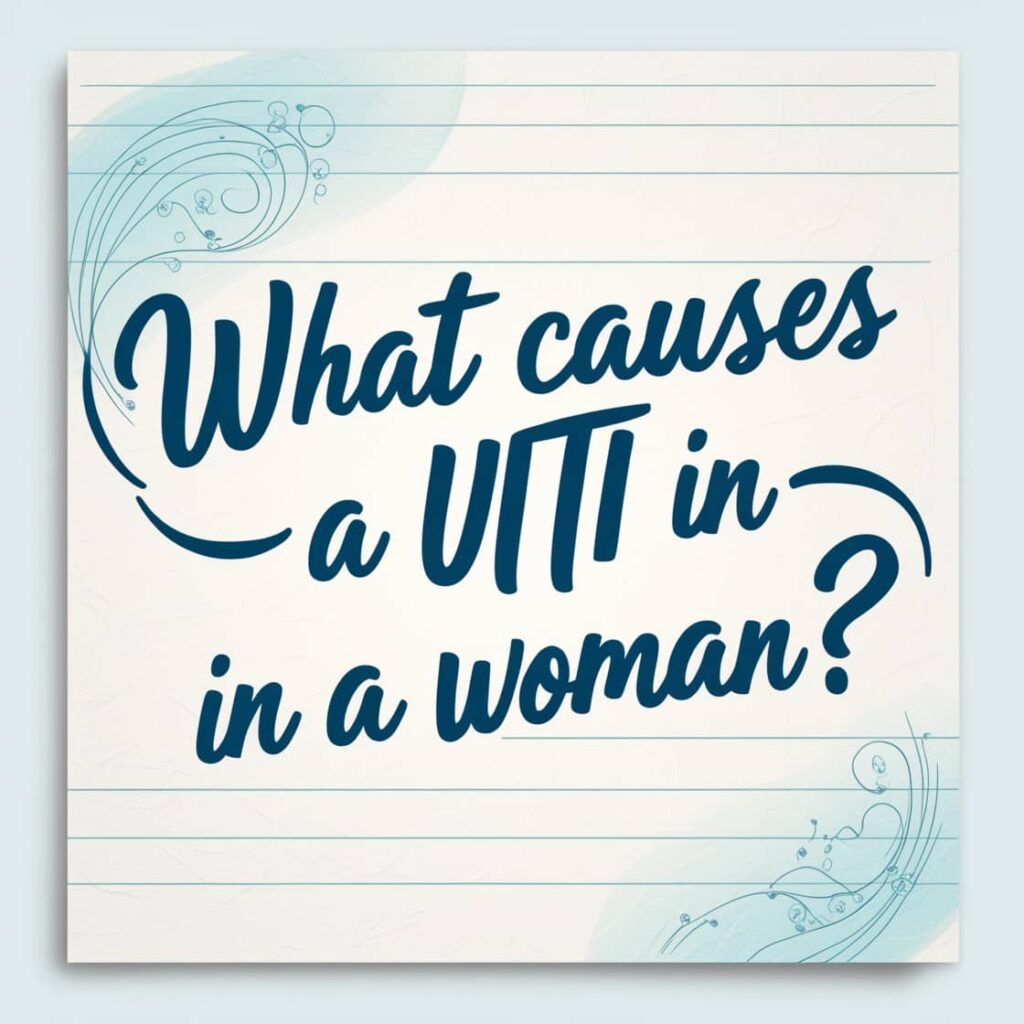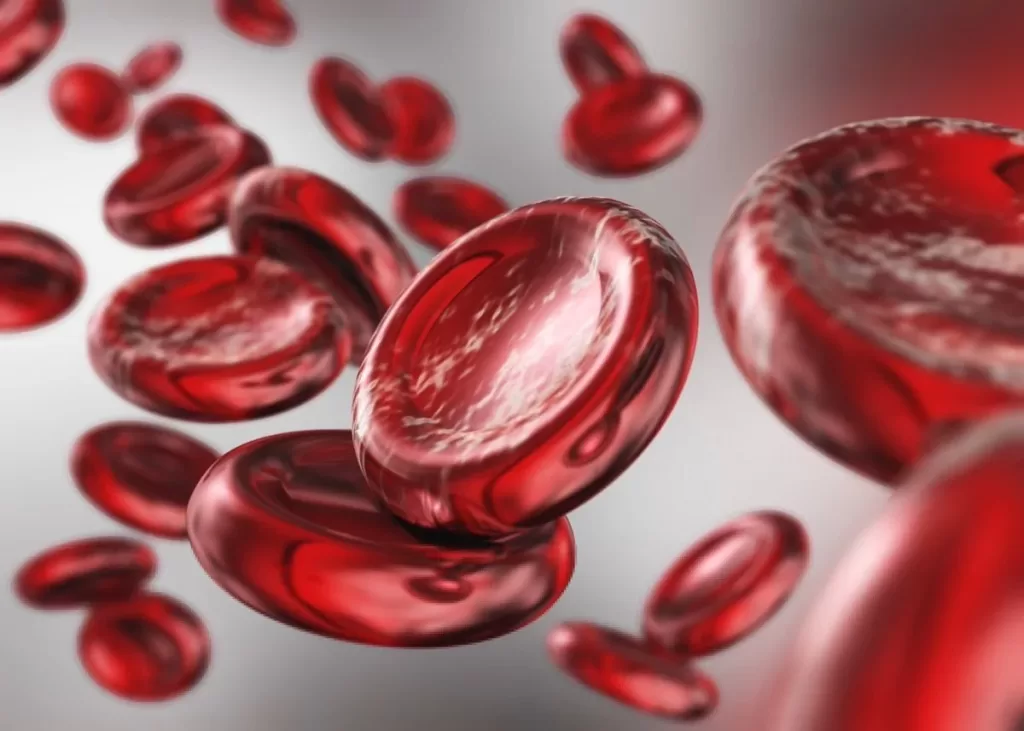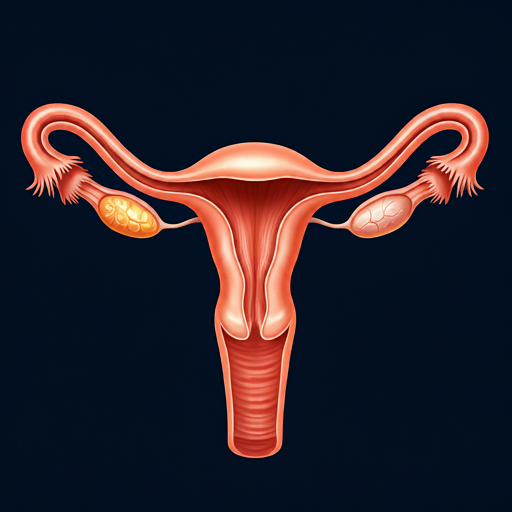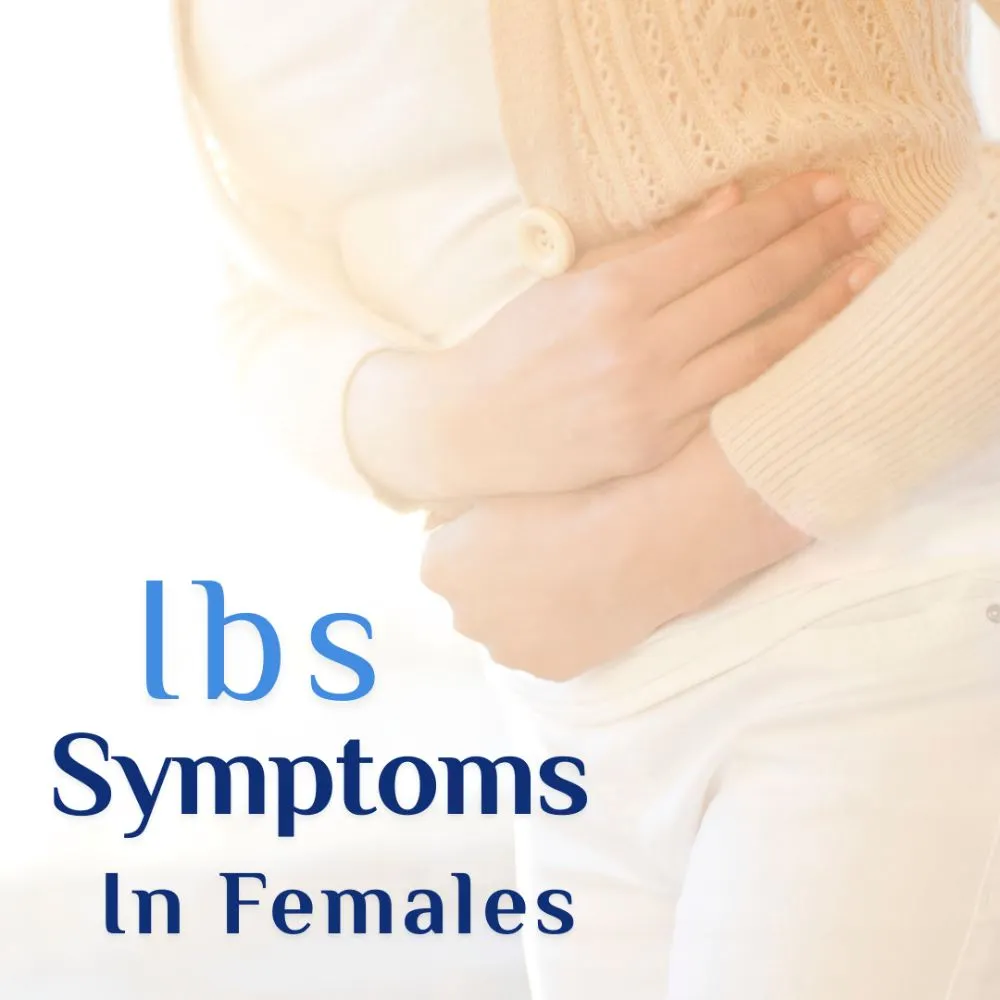Lower abdomen or pelvic pain lasting less than three months is referred to as acute pelvic pain (APP). Acute pelvic discomfort in female patients can be brought on by gastrointestinal, urinary tract, and gynecological disorders. Due to the wide range of diagnostic options, it may be difficult to diagnose these patients accurately. In this article, we will discuss in detail the common causes of pelvic pain in females.
Signs and symptoms
There may be additional symptoms or warning indicators in addition to pelvic pain. The following are some of the most typical signs of pelvic pain:
- Vaginal discharge, spotting, or bleeding.
- Discomfort during menstruation.
- Painful urination, or dysuria.
- Diarrhea or constipation.
- Gas or bloating.
- Rectal hemorrhage, or bleeding during bowel movements.
- Pain during intercourse.
- Chills or fever.
- Hip discomfort.
- You experience groin pain.
Gynecological Causes of Sudden Stabbing Pain in Pelvic Area in Female
1. In non-pregnant women
- Torsion of the ovaries
- Hemorrhage or rupture of ovarian follicles
- Inflammatory illness of the pelvis (PID)
- Torsion and degeneration of uterine myomas
- Endometriosis
- Rupture of an endometriosis cyst
- Disorders of hyperstimulation of the ovary
- Gynecological tumors
- Thrombosis in the ovary vein
2: In pregnant women
- Ectopic pregnancy
- Rupture of the uterus
- Torsion of the uterus
- Disorders of the placenta
Vaginal hemorrhage is another typical clinical sign of obstetrical and gynecological disorders that are frequently linked to APP. It can range from minor illnesses to serious medical issues. Menstrual, postmenopausal, and intermenstrual bleeding are the three categories under which vaginal bleeding can be classified from a clinical perspective. Each of these conditions can be brought on by a variety of pathological disorders, such as gynecological cancers, ectopic pregnancy, infection and inflammation, miscarriage, and hormone imbalance. Unintentional abortion.
Due to its lack of radiation exposure and sensitivity to the majority of common etiologies, ultrasound (US) is typically used as the first-line diagnostic method. If ultrasound results are ambiguous or a gynecologic condition is not detected at first, computed tomography (CT) may be done. After US or CT, magnetic resonance imaging (MRI) is a very helpful second-line technique for additional characterization.

Digestive Issues and Pelvic Pain
Pelvic pain may be caused by other medical issues. Many of these issues originate in the digestive system or have an impact on it:
- Cancer of the colon,
- Constipation, which may persist for weeks or more and be persistent.
- Crohn’s disease is characterized by inflammation of the digestive tract’s tissues.
- Inflammatory or infected pouches in the tissue lining the digestive tract are known as diverticulitis.
- Intestinal obstruction.
- Irritable bowel syndrome (IBS).
- Ulcerative colitis results in inflammation and ulcers in the large intestine’s lining.
Urinary Tract Problems as a Potential Cause for Pain in the Pelvic Area in Females
Female pelvic discomfort may be caused by urinary system issues, especially urinary tract infections (UTIs) and conditions like cystitis. About 20% of women get UTIs annually, and they frequently cause severe pelvic pain. Furthermore, suprapubic discomfort, urgency, and frequency can be caused by cystitis, an infection of the lower urinary tract, in addition to pain during urination. Pelvic discomfort may also be caused by other urinary tract problems. For a precise diagnosis and course of treatment, it’s necessary to interact with a healthcare provider.
Understanding Nerve or Musculoskeletal Pain in the Pelvic Area
Female pelvic pain can have a variety of nerve or musculoskeletal causes, frequently resulting from disorders in the digestive, urinary, or gynecological systems. Chronic pelvic pain is typically seen as a condition rather than a distinct disease, and it can originate from both specific and non-specific origins, such as peripheral or central nervous system dysfunction. Since the underlying causes may have significant consequences for diagnosis and treatment, it is vital to thoroughly investigate them.
Read Also: Pain in Left Hip Area in Female
How is a diagnosis of pelvic pain made?
- Testing for blood and urine.
- Pregnancy tests.
- Penile or vaginal cultures to screen for chlamydia and gonorrhea, two sexually transmitted diseases.
- Pelvic and abdominal X-rays.
- Laparoscopy (a surgery that allows you to see your abdomen and pelvis directly).
- A hysteroscopy is an examination of the uterus.
- Take a stool sample to look for blood in your stool.
- A lower endoscopy involves inserting a lit tube to look within your colon and rectum.
- Ultrasound
- CT scan of your pelvis and abdomen (a scan that creates cross-sectional images of your body using computers and X-rays).
When to seek emergency medical attention?
If you have intense, severe, or abrupt pelvic pain, have blood in your urine or stool, are pregnant or just became pregnant and suffering severe lower abdominal discomfort, or are unable to stand due to the pain, you should get emergency medical help. These signs could point to a dangerous illness that needs to be evaluated right now.
Summary
Acute pelvic pain is a symptom of several gynecological conditions, such as endometriosis, uterine and ovarian diseases, pelvic inflammatory disease, and ectopic pregnancies. To diagnose the etiology of APP and differentiate between disorders that can be treated conservatively and those that could endanger life and fertility, diagnostic imaging is essential. Understanding the most typical imaging results from US, CT, and MRI helps physicians plan appropriate treatments and enables early and accurate diagnosis.
Read Also: Pain in Lower Left Abdomen in Females
References
Franco, P. N., García-Baizán, A., Aymerich, M., Maino, C., Frade-Santos, S., Ippolito, D., & Otero-García, M. (2023). Gynecological Causes of Acute Pelvic Pain: Common and Not-So-Common Imaging Findings. Life (Basel, Switzerland), 13(10), 2025. https://doi.org/10.3390/life13102025.
Hoffman, B. L., et al. (2020). Pelvic pain. In Williams Gynecology (4th Ed.). McGraw Hill. Retrieved from https://accessmedicine.mhmedical.com.
Dewey, K., & Wittrock, C. (2019). Acute pelvic pain. Emergency Medicine Clinics of North America, 37(2), 207–218. https://doi.org/10.1016/j.emc.2019.01.012

